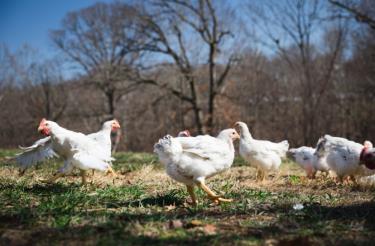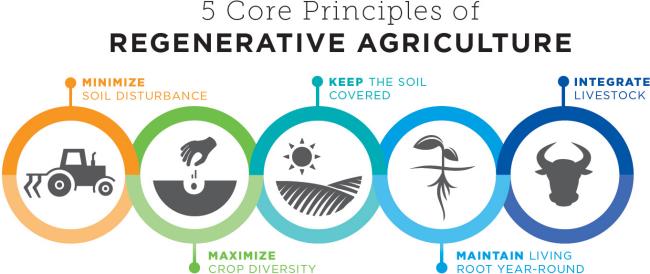A bill introduced into the Minnesota legislature would provide $250,000 in grants to the Regenerative Agricultural Alliance to conduct a feasibility study on production of poultry applying regenerative principles. The Alliance claims that 100 farmers are producing 250,000 chickens annually, feeding locally-grown grains under free-range conditions.
 The proposal flies in the face of both biological reality and economics. The intent to produce 1.2 million chickens a year and to fund a processing plant would represent a waste of resources, starting with the allocation of funds for a feasibility study. The questionable viability of a free-range regenerative project could be calculated in an hour with a pencil and calculator given realistic production parameters including live weight, feed conversion, input costs and value of product. $250,000 sounds like pork!
The proposal flies in the face of both biological reality and economics. The intent to produce 1.2 million chickens a year and to fund a processing plant would represent a waste of resources, starting with the allocation of funds for a feasibility study. The questionable viability of a free-range regenerative project could be calculated in an hour with a pencil and calculator given realistic production parameters including live weight, feed conversion, input costs and value of product. $250,000 sounds like pork!
Promoters of the scheme are reminded of the losses sustained by West Liberty Foods in funding a free-range broiler operation intended to satisfy an apparent demand for slow-growing, non-confined broilers.
Subsistence, regenerative agriculture, represents a fad appealing to a limited market and simply cannot compete with commercial production based on inherent inefficiency.
